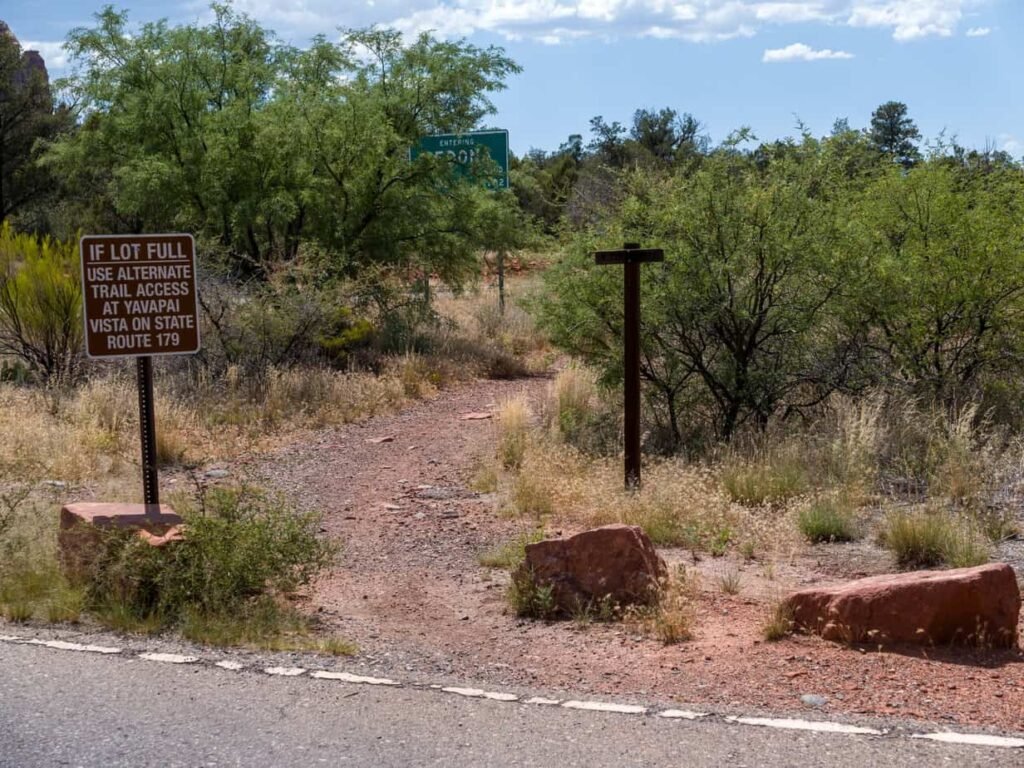Sedona’s New Shared Path for Horses and Pedestrians
The recent approval for a new construction project in Sedona marks an important step in expanding public access and safety in the city.
On July 8, the Sedona City Council unanimously backed a contract with Mulcaire & Son Contracting LLC from Camp Verde, allocating up to $160,724.40 to construct a shared path for equestrians. This 825-foot walkway, expected to take around 45 days to complete, aims to improve accessibility to a designated disability area.
According to Jonathan Hoffman, a public works associate engineer, “Since we don’t typically exceed a 4% grade, this new walkway, being ten feet wide, will really enhance the experience for everyone.” He noted that it will serve as a convenient link from a small horse parking lot to existing sidewalks, thereby increasing connectivity for pedestrians and cyclists, particularly on Chapel Road.
Earlier, during a meeting on June 24, the council greenlit a $1.9 million contract with Doege Development LLC for Phase III of the Dry Creek Road Shared Use Path (SUP) and also finalized a budget of $103 million for fiscal year 2025-26.
Phillips, a city representative, explained some of the complexities involved: “It’s situated on [USFS] land and under the jurisdiction of the [Arizona Department of Transportation], which posed several challenges.”
Mulcaire & Son will be responsible for laying down a concrete path along State Route 179, just south of Sedona United Methodist Church. This path will connect Little Horse parking lots to existing state concrete pathways.
“Once it’s built, we’ll integrate it into the system,” mentioned USFS district ranger Alex Schleter while discussing the project’s progress with the city.
Establishing infrastructure on USFS land requires clearance under the National Environmental Policy Act, which initially made the project seem costly. However, city staff found a decade-old study from the Arizona Department of Transportation that eased some of the hurdles. They are now applying for the necessary permits within ADOT’s public road rights, and if the council approves the contract, the permit application process will be expedited.
The USFS has also suggested that the city use red concrete instead of the previously proposed stabilized decomposed granite. This request was made on March 18, emphasizing the need for the city to handle long-term maintenance of the path.
“This connection makes practical sense,” said Schulter. “We consider it a service to the public with minimal drawbacks. Although it took time to bring this into the planning discussions, I’m pleased to see it progressing.”
Mayor Scott Jablow pointed out that, “This shared path greatly enhances safety and improves the visual appeal. Plus, it’s relatively short.”
Currently, the Little Horse Trailhead offers parking, kiosks, picnic areas, restrooms, and designated horse trailer parking. Deputy Mayor Holli Ploog advocated for the USFS to consider adding a shaded structure promptly.
“The idea is that all shuttles should have shaded areas,” Ploog stated. “Ideally, this should be at all Forest Service stops, as well as every trailhead and parking lot. It’s a great public service, but it’s also about managing our resources effectively. At the moment, we’re focusing on maintaining existing infrastructure, like fixing water leaks. While aesthetics and profitability matter, public safety is paramount, though we haven’t prioritized this quite yet.”
The move towards developing multimodal concrete pathways within the national forest has been seen as an opportunity to foster a better relationship with the forest, which previous district rangers hadn’t entertained fully, as noted in the agenda packet.
















